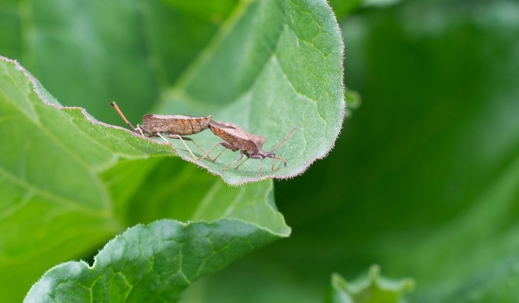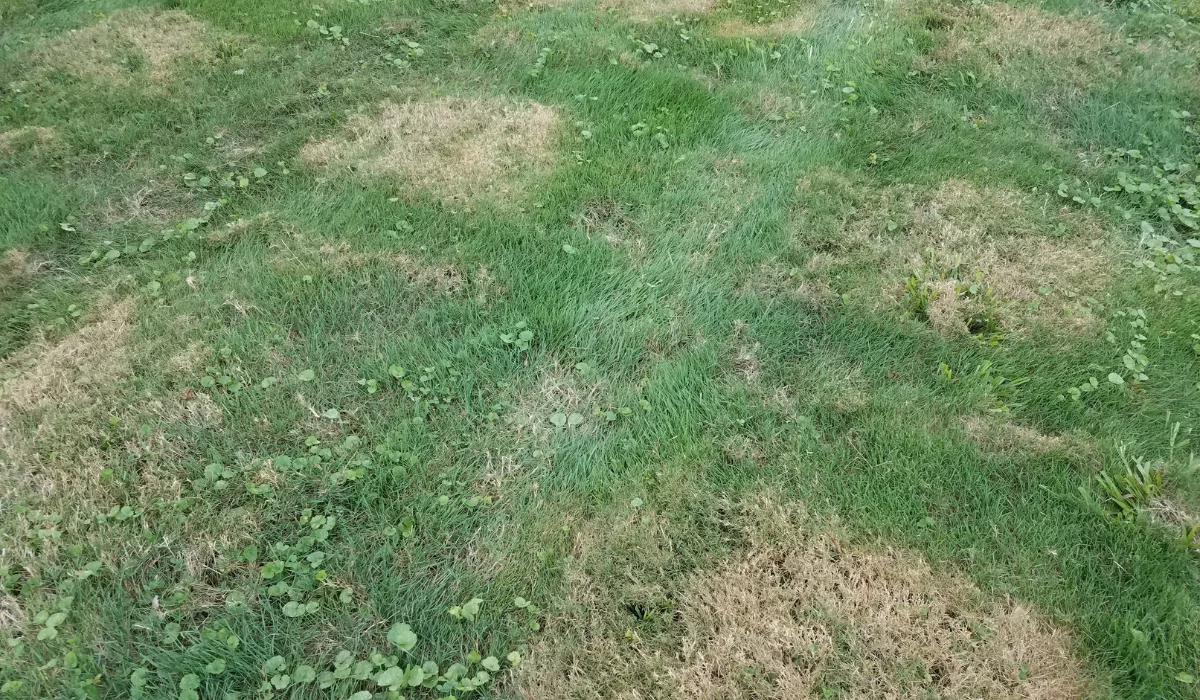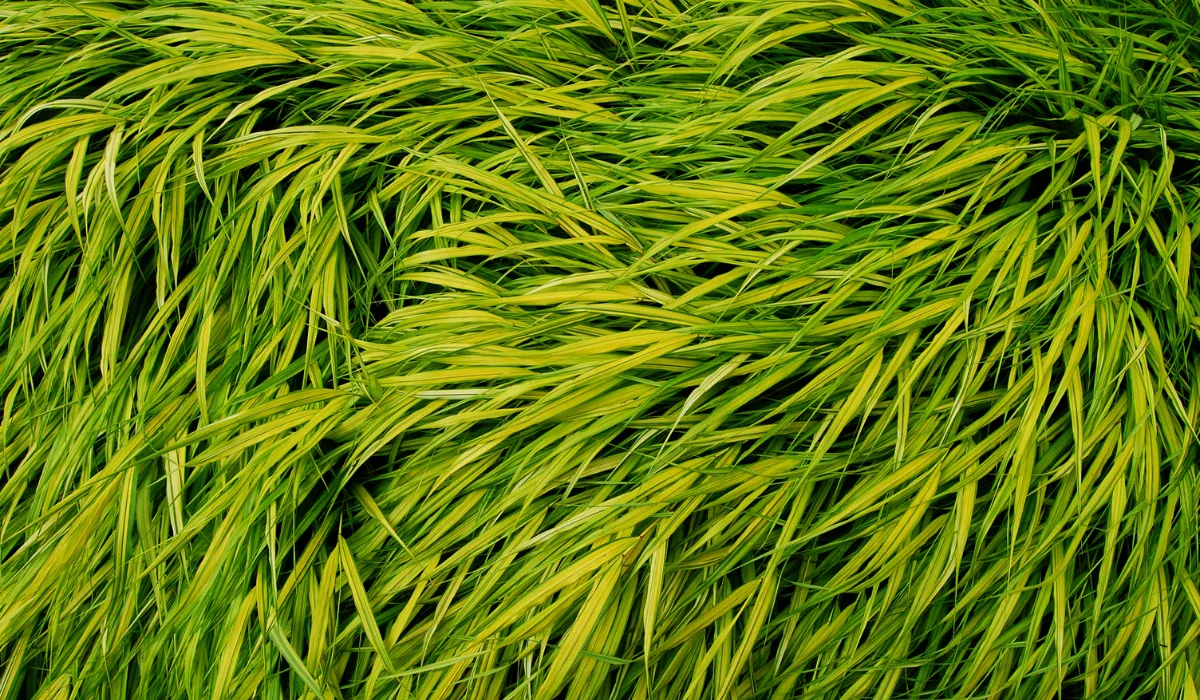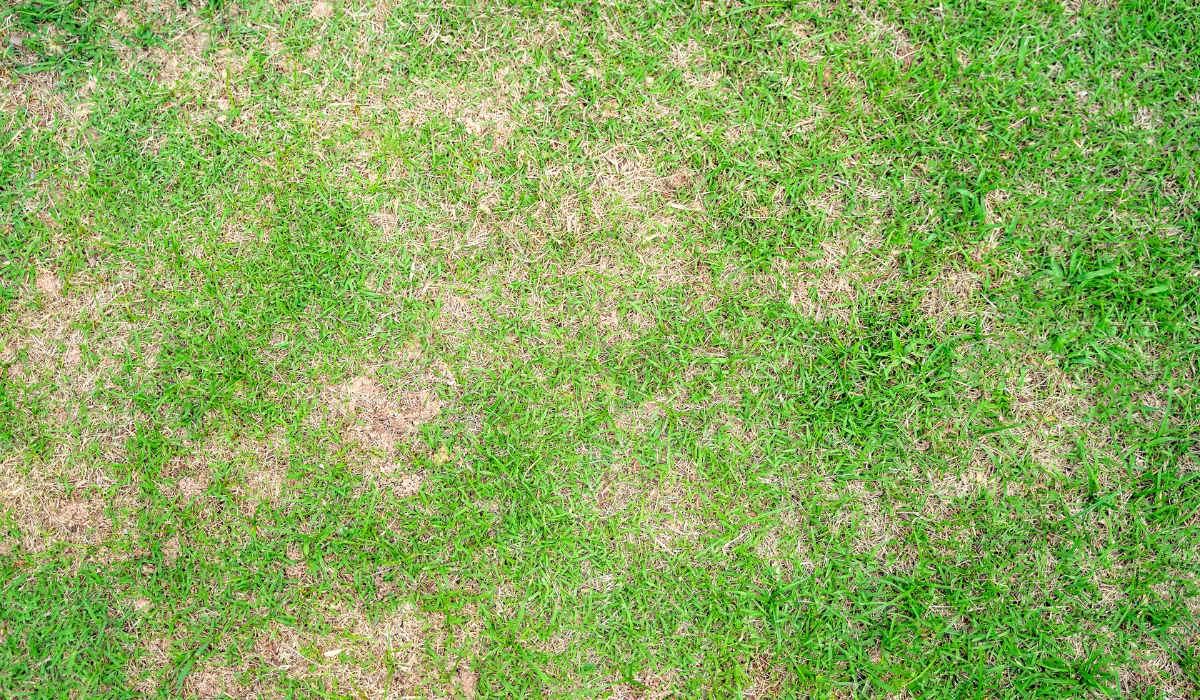How to Get Rid of Chinch Bugs in South Florida
Southern Chinch bugs can wreak havoc on lawns, especially in the warm climate of South Florida.
To get rid of chinch bugs, thoroughly inspect your St. Augustine lawn for signs of damage, such as yellowing grass and irregular patches.
Curious about other natural solutions or professional treatments? Keep reading to discover all the tips and tricks for a healthy, chinch bug-free lawn.
Key Takeaways
- Chinch bug damage appears as browning and wilting of the grass, which can rapidly expand into larger, irregular patches.
- Effective chinch bug identification involves conducting a Float Test or inspecting the base of grass blades, especially during warm, dry conditions.
- Prevention techniques include selecting chinch bug-resistant grass types and maintaining healthy lawn practices.
- If the infestation is severe or widespread, it is advisable to contact professional pest control services for a customized treatment plan and ongoing lawn care guidance.
DIY Chinch Bug Treatment Options
To get rid of chinch bugs in South Florida, you can use chemical insecticides or natural remedies. Each method has pros and cons, so choosing the one that works best for your situation is essential.
Insecticides
Insecticides are often the go-to solution for chinch bug infestations. While they provide a fast and effective method for eliminating these pests, chinch bugs resistance is still a problem.
For those seeking chemical control, consider the following pesticide options:
Insecticides | How to Use |
Bifenthrin | Apply as per manufacturer's directions, typically on dry lawns |
Imidacloprid | Water the lawn after application for better absorption |
Lambda-cyhalothrin | Apply during the early morning or late afternoon |
Acephate | Mix with water and spray evenly across the lawn |
Natural Options
For those looking to avoid chemicals, natural remedies offer a more environmentally friendly approach. This method uses natural substances and practices to deter or eliminate chinch bugs without harmful chemicals.
Consider the following natural remedies:
- Soap and Water Solution: Mix liquid dish soap with water and spray on the affected areas.
- Neem Oil: Apply neem oil diluted in water, targeting spots where chinch bugs are present.
- Essential Oils: Use oils like cedarwood or rosemary to mix a few drops with water and spray the lawn.
- Beneficial Nematodes: These microscopic worms can be applied to the soil, attacking and killing chinch bugs.
Natural remedies might take longer to show results but are safer for pets, children, and the environment. So, it's essential to reapply regularly for sustained effectiveness.
How to Identify a Chinch Bug Infestation
Chinch bug damage is often confused with drought stress, as both cause browning and wilting grass. However, the bugs extract sap from grass blades, leaving yellow and brown spots.
Initially, the lawn damage appears as small, irregular patches but can rapidly expand. To spot damage, here are signs to know:
Signs of Damage | Details |
Brown patches on grass
| Irregular and spreading quickly. |
Yellowing grass blades
| Often at the base of the blades. |
Dead grass zones
| Patches of grass die entirely, leaving bare soil. |
Appearance of nymphs | Young bugs (reddish-orange with a white band) at the edge of dead patches. |
How to Spot Chinch Bugs
Identifying chinch bugs involves looking for the tiny insects on your lawn. Adult chinch bugs measure about 1/8 to 1/6 inch long, with a black body and white wings marked with a distinctive black "X."
To find chinch bugs, consider these steps:
Conduct the Float Test: Pull back healthy turf bordering the damaged area. Dig a shallow trench (1-2 inches deep) and pour water along the edge. Chinch bugs, if present, will float to the surface.
Inspect the soil surface: Look for bugs near the base of grass blades, especially during the early summer months, when activities are peaking.
Look for movement: These big-eyed bugs are more active during warm, dry conditions.
Visual characteristics: Adults have black bodies and white wings, while nymphs are reddish with a white band.
How to Prevent Chinch Bugs in Your Lawn
Effective prevention methods can save time and money for homeowners like you who are dealing with chinch bugs in South Florida.
Implementing the right strategies ensures a healthy, robust lawn.
Choosing the Right Grass Type
Selecting the best grass type is crucial in deterring chinch bugs. Here's how different grass types compare in terms of resistance and care:
Grass Types | Resistance to Chinch Bugs | Maintenance Requirements |
St. Augustine Grass | High | Moderate watering and mowing |
Zoysiagrass | Medium | High mowing frequency |
Bermudagrass | Low | Requires frequent lawn pest control |
Monitoring Your Lawn Post-Treatment
Continuous monitoring is essential after treating chinch bugs to prevent re-infestation. As homeowners, you should:
Steps | Details |
Regular Inspections | Check for signs of damaged grass or increased bug activity. |
Seasonal Checks | Increase monitoring starting in early July |
Professional Assessments | Consider pest control services for expert advice. |
Sustaining a Healthy Lawn
A long-term solution against these big-eyed bugs is crucial for a green lawn. Integrating various lawn care techniques ensures sustained lawn health even after the immediate post-planting care.
To maintain a robust lawn year-round, focus on:
- Diverse Planting: Mix turfgrass types to reduce vulnerability.
- Water Management: Avoid overwatering to prevent thatch and attracting pests.
- Regular Maintenance: Consistent mowing, fertilization, and thatch removal.
What Can Professionals Do to Help?
Professional pest control can be a vital resource when battling chinch bug infestations on your Florida lawn. Here's what to expect when you enlist professional help for this insect pest:
Service | Description |
Initial Assessment | A thorough inspection of your lawn to identify the extent of chinch bug infestation and damage. |
Customized Treatment Plan | Development of a tailored treatment strategy that considers the specific needs of your lawn. |
Application of Insecticides | Professional application of appropriate insecticides without harming the lawn. |
Integrated Pest Management (IPM) | Implementation of IPM strategies to manage pests with minimal environmental impact. |
Monitoring and Follow-Up | Regularly monitoring the lawn post-treatment to ensure the effectiveness of the control measures. |
Lawn Care Advice | Guidance on lawn care techniques to prevent future infestations and disrupt the life cycle. |
Emergency Services | Rapid response services for sudden or severe infestations that require immediate attention. |
When to Call a Professional
When the infestation spreads beyond a manageable area on your Augustinegrass, it's wise to get a professional lawn care company (like us at Native Pest Management).
As professionals, we can assess the extent of the chinch bug problem, provide targeted treatments, and offer ongoing maintenance plans to protect your lawn.
Don’t wait too long if the issue persists. Acting promptly can save your lawn from extensive damage.



